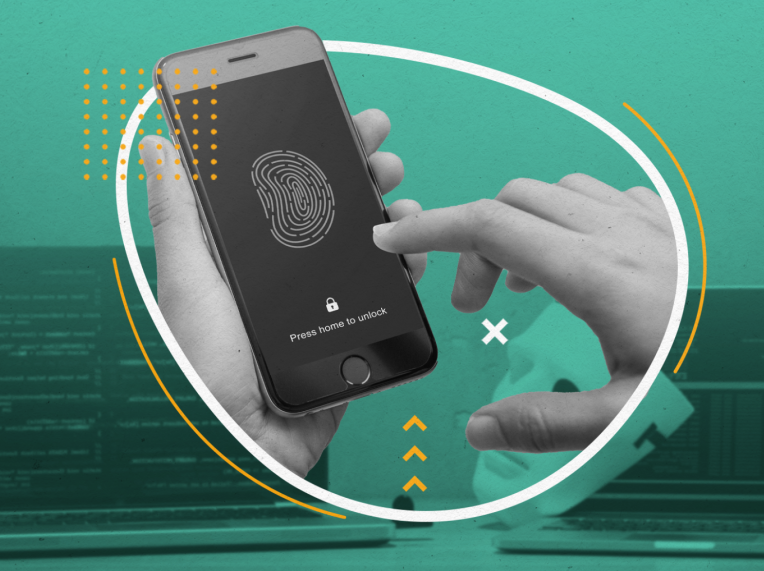
Exploring the etymology of the term “biometric measurements,” it can be deconstructed into two Greek components: “bio,” signifying life, and “metrics,” denoting measurement. The advent of automated biometric solutions occurred only in the past few decades, spurred by significant strides in computer processing capabilities.
Nevertheless, many contemporary automated techniques draw inspiration from ideas that trace their roots back hundreds or even thousands of years. Basic biometric measurements were employed in ancient societies for diverse purposes. Fingerprint usage for document authentication, for instance, can be traced back to ancient civilizations, with pharaohs utilizing fingerprints to authenticate their seals.
Despite the early instances of biometric measurements dating back to the Babylonian Empire, the first systematic biometric identification system didn’t materialize until the 19th century. Alphonse Bertillon, in the late 1800s, devised a method for classifying and comparing criminals based on body measurements. Edward Henry subsequently developed the fingerprint classification system, the first widely adopted system for identity verification, relying on the intricate details of fingerprints. The 19th century saw notable strides in biometric measurements, including the establishment of fingerprint databases.
William Herschel is recognized for the systematic capture of fingerprint and hand images for identification purposes. Bertillon introduced anthropometry, or “Bertillonage,” for identifying individuals based on specific measurements, photographs, and physical descriptions. Francis Galton conducted an in-depth study of fingerprints as a means of identity determination in 1888.
Galton published his book “Fingerprints” in 1892, providing an explanation for the uniqueness of fingerprints and their effective use in identity determination. The book included the first published fingerprint classification system.
Significant breakthroughs in biometrics occurred in the 20th century, including the use of iris patterns and hand geometry for personal identification. With the advancement of information technology in the 21st century, advanced methods such as facial recognition, voice recognition, and eye recognition have come into play.
Biometric applications have become widespread, ranging from cybersecurity and system access to identity verification in airports and sensitive areas. Common types of biometric measurements that use physiological or behavioral features for identity verification include fingerprints, facial recognition, eye recognition, hand geometry, voice recognition, signature recognition, gait analysis, vein recognition, and various other biometric features.
The use of biometric measurements to enhance data security is considered an effective method for identity verification and information protection. Biometric measurements offer several advantages, including enhanced security compared to traditional methods like passwords or cards, convenience, and efficiency in processing transactions.
Biometric measurements are employed for various purposes, such as identity verification through fingerprints for computer or network logins, access control using facial recognition to unlock doors, and tracking through voice recognition to record user inputs. In banking services, fingerprints or facial recognition may be used for logging into bank accounts or conducting transactions. In healthcare, fingerprints or voice recognition may provide access to patient records or manage access to medications. In security, facial or voice recognition may be used to identify and verify individuals.
In general, biometric measurements contribute to data security by making access, modification, or deletion of data difficult for attackers.
Leave a Reply